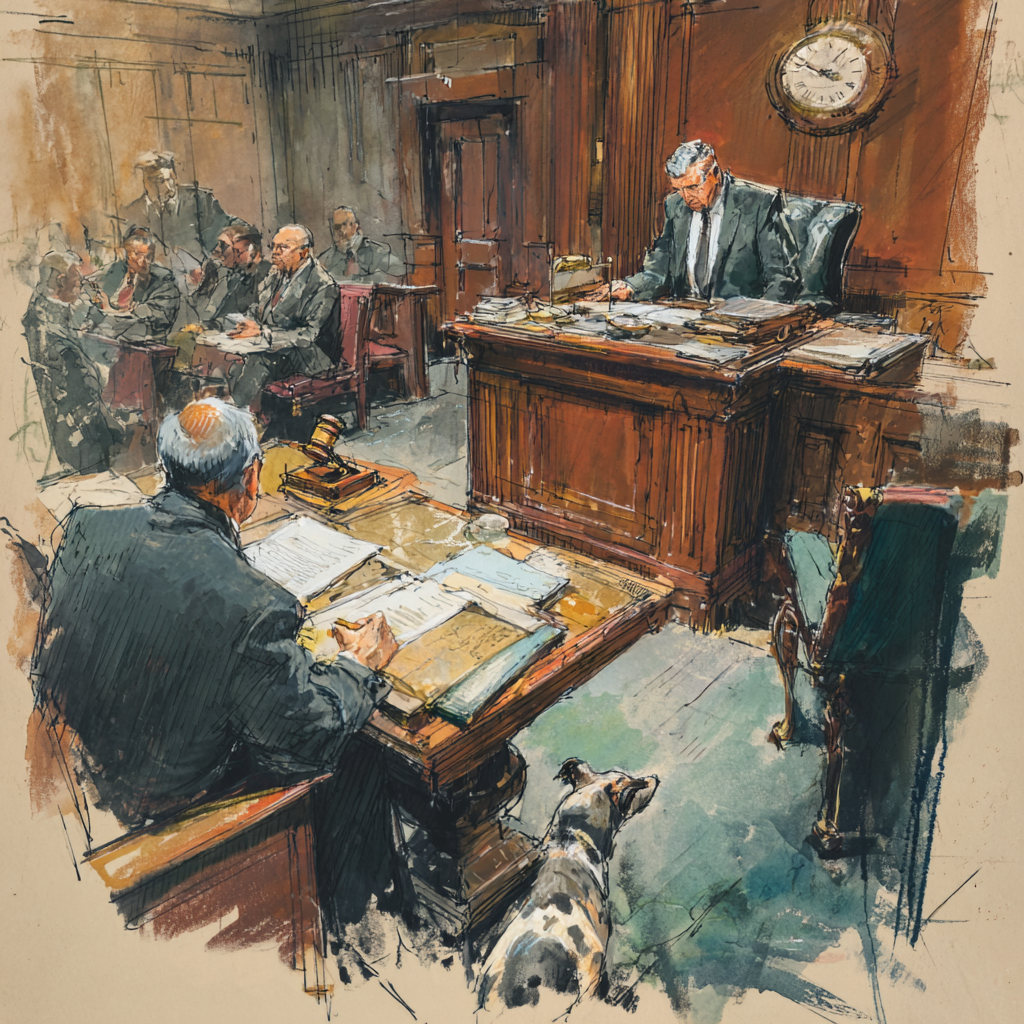New York Univ. Hospital-Tisch Inst. v Government Employees Ins. Co., 2014 NY Slip Op 03812 (2d Dept. 2014)
“Here, the evidence submitted by the defendant demonstrated that it received the last of the responses to its requests for additional verification on December 21, 2010, at which time the 30-day period within which it was required to pay or deny the claim began to run. The defendant issued a denial of claim dated January 19, 2011, 29 days later. Thus, in opposition to the plaintiffs’ prima facie showing, the defendant raised a triable issue of fact as to whether it denied the plaintiffs’ claim within the requisite 30-day period, as tolled by its requests for additional verification (see generally Hospital for Joint Diseases v Travelers Property Cas. Ins. Co., 9 NY3d at 317; Sound Shore Med. Ctr. v New York Cent. Mut. Fire Ins. Co., 106 AD3d at 163; see also 11 NYCRR 65-3.5[b]). Contrary to the Supreme Court’s determination, the defendant was not required to set forth a medical rationale in its denial of claim form or, in the absence of a written request, to furnish a copy of the peer review report, in admissible form or otherwise”
So, can Plaintiff move for summary judgment putting in proof that it sought a peer report, thereby forcing Defendant to include its peer report or IME report (in admissible form) to raise an issue of fact? This is another example of this Court wholly moving away from Mary Immaculate, where an insurance carrier had to substantiate its denial, against an overdue bill, to defeat summary judgment. Now, a medical provider would have to move affirmatively against the basis of the denial to force the insurance carrier to substantiate its denial on summary judgment.
But, with “3212[g]” and Viviane, you can accomplish at “trial” with great ease what you could not accomplish at the summary disposition phase.









